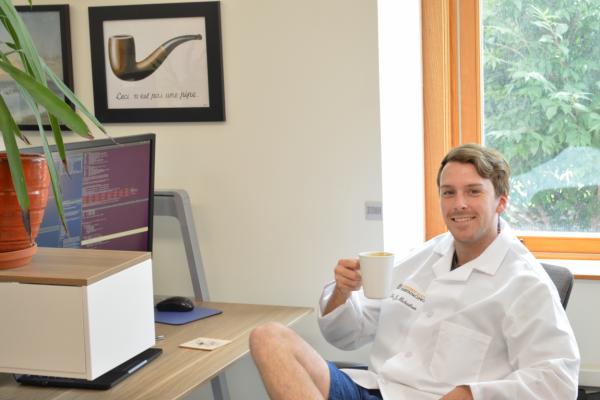
Tell me a little about your project here.
The common thread between my projects has been using machine learning in the setting of autism genetics to uncover relationships between genes and the diverse presentation of autism spectrum disorder. An exciting example of this is a research project in progress with Kevin Vervier and Brooke Mckenna, where we have used a Microsoft Kinect to study the genetics of movement in the context of ASD.
You’re an MD/PhD student – when did you decide that you wanted to be both a clinician and researcher? What motivated you?
I was drawn to the MD/PhD path the summer of my sophomore year in college. Being on the pre-med track, I applied for research fellowships and ended up at the Medical College of Wisconsin where I had the opportunity to 'live the life' of a physician scientist for 10 weeks (with better hours). I found patient care and basic science fascinating, and was especially interested in their overlap. After returning home from this great opportunity, I was set on becoming a physician scientist.
I understand that as an MD/PhD student your time is quite compartmentalized. What was the transition from full-time medical school to full-time research like for you?
This was an extreme transition. Life in medical school, especially during clinical rotations, is very regimented and the free time that you do have is in distinct blocks. There is a clear hierarchical structure in the hospital, and you are definitely on the bottom. Transitioning to research sort of felt like leaving a boot-camp to go to a really cool museum.
Two truths and a lie!
1) I have a cat named Dog
2) I have a dog named Goose
3) I have a tortoise named Holden
* I do not have a cat named Dog